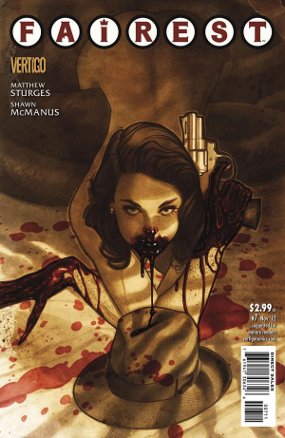“Bitch, just give it up already.”
“It’s gotta end here, bitch.”
“I don’t know you well enough, but if they say you’re a bitch, then I’ll trust ’em on it.”

Roadkill cover
This 80 page graphic novel from Dark Horse Comics was written and drawn by the Fillbach Brothers, Matthew and Shawn. This is the first work of theirs that I have read – though I do have another, Maxwell Strangewell, in my to-read pile. They also produce a web comic, with writer Ed Hawkins, called Roninspoon Theater.
When a research project to genetically modify animals for super growth is compromised by a mutated, zombie byproduct, one of the researchers escapes with a giant rabbit before the facility goes into lockdown. Unfortunately the rabbit gets loose and is run over by a truck whose occupants are looking for roadkill to augment the burger meat at a local diner. Unfortunately, again, eating the meat of the genetically modified animals turns people into the aforementioned mutant zombies. Enter Jim Kowalski who works for Illuminati Trucking Inc., a mysterious firm fighting evil and the supernatural, and is sent to investigate the incident. Jim has to fight mutated cockroaches, deal with a death cult and clean up the mess left in the local town.
This is a fun, comic story featuring larger than life characters and outrageous circumstances. The artwork is quite cartoony in style but this complements the comedic nature of the story. The characters are well worn stereotypes but the energy of the increasingly bizarre story carries all before it. I look forward to reading Maxwell Strangewell.









